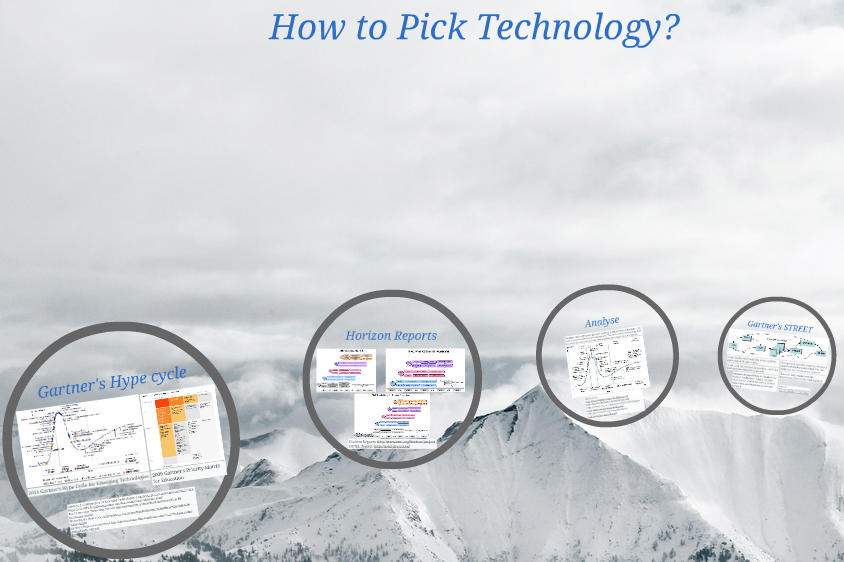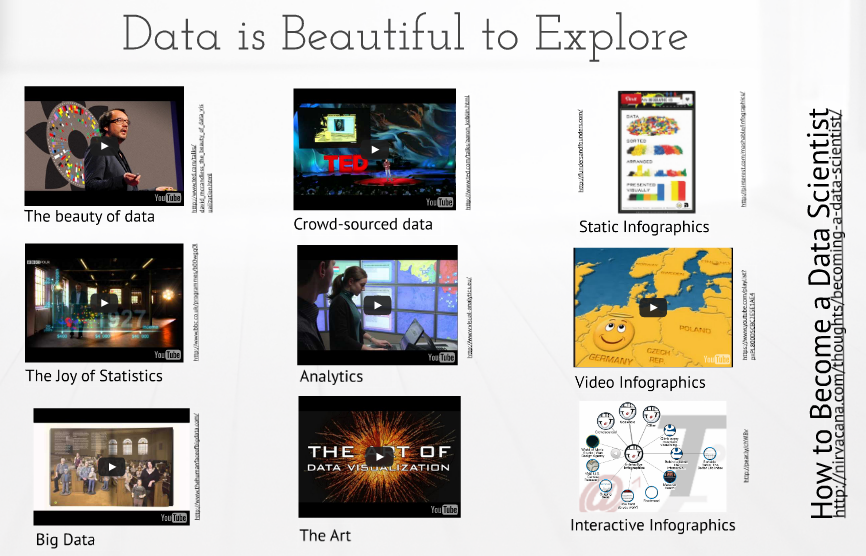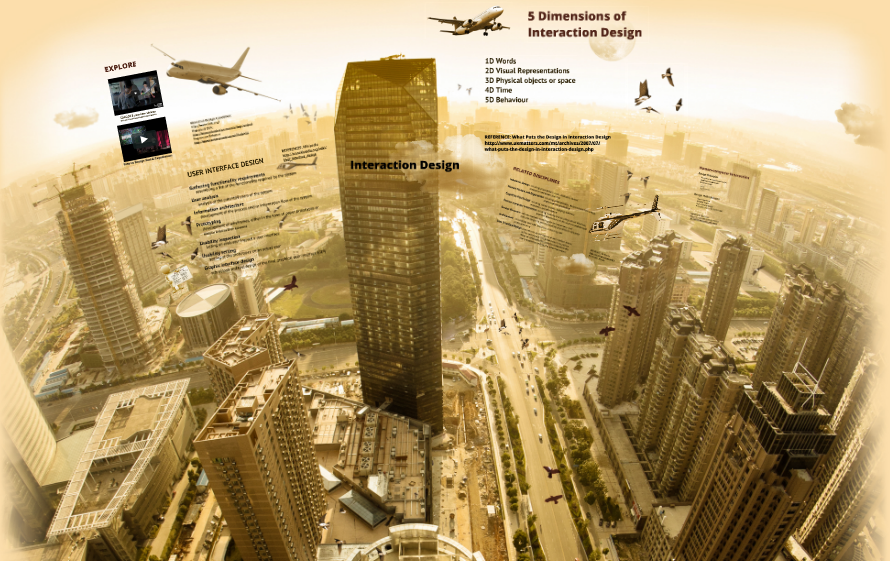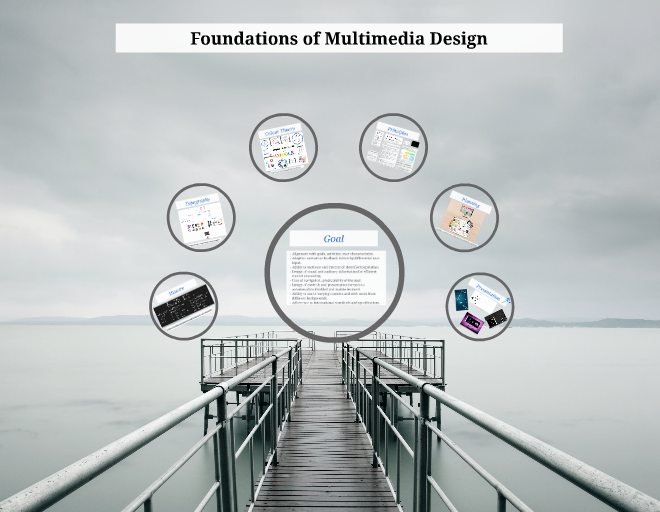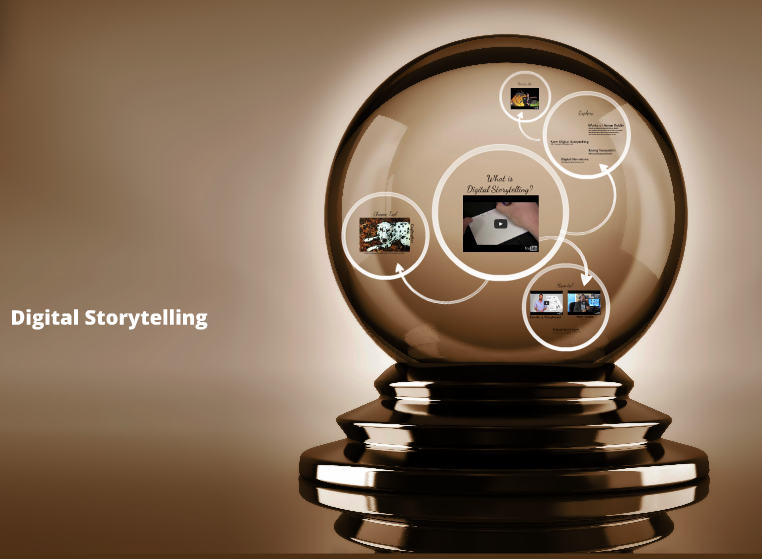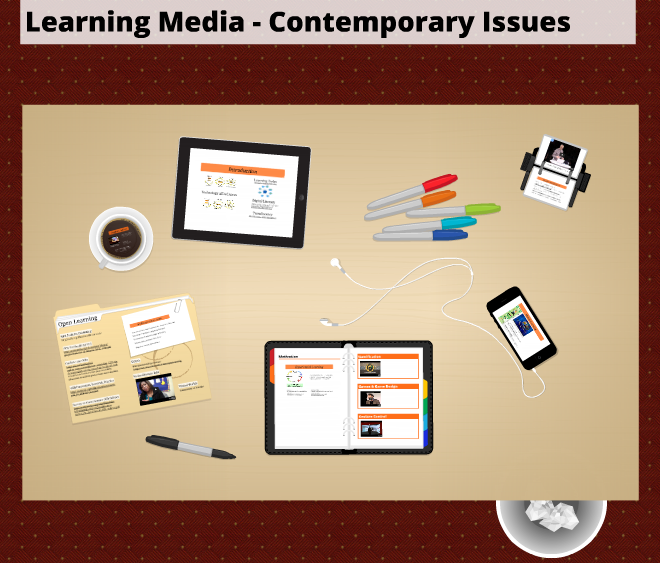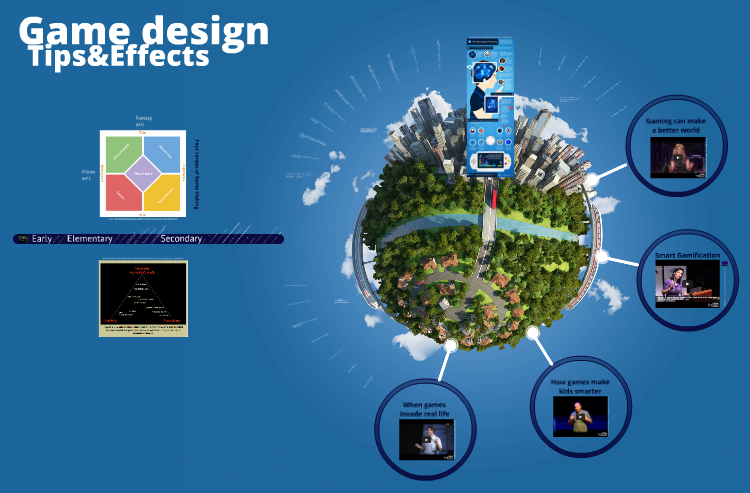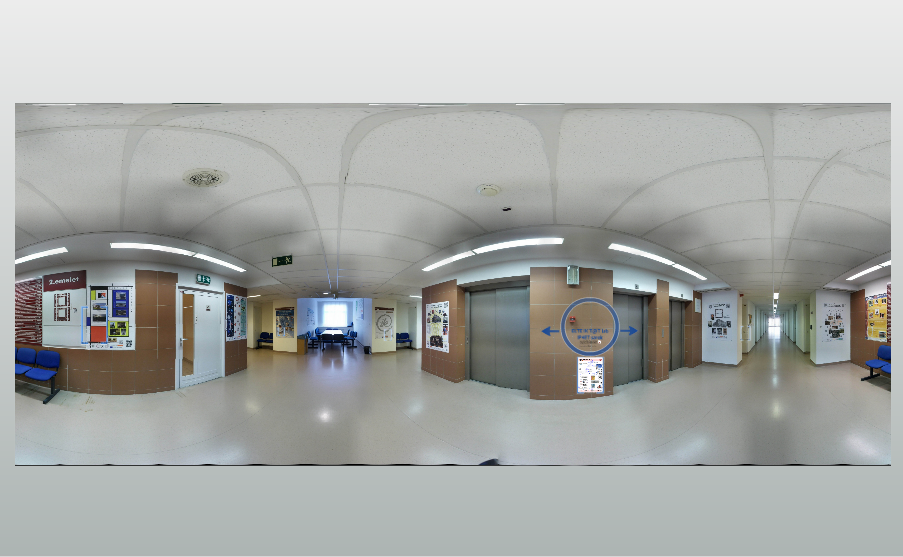Introduction
Multimedia is media and content that uses a combination of different content forms. This contrasts with media that use only rudimentary computer displays such as text-only or traditional forms of printed or hand-produced material. Multimedia includes a combination of text, audio, still images, animation, video, or interactivity content forms.
Multimedia is usually recorded and played, displayed, or accessed by information content processing devices, such as computerized and electronic devices, but can also be part of a live performance.

